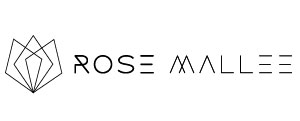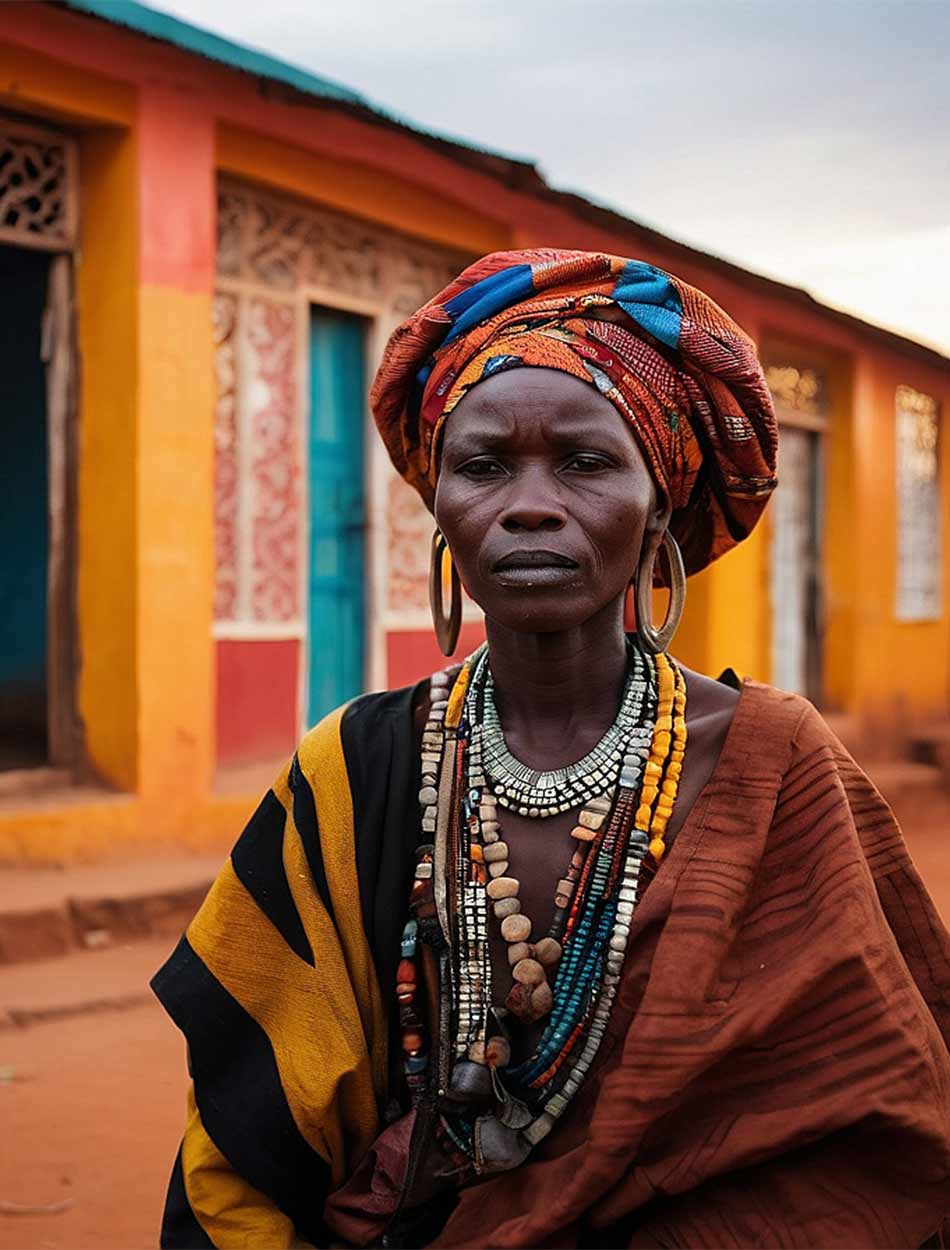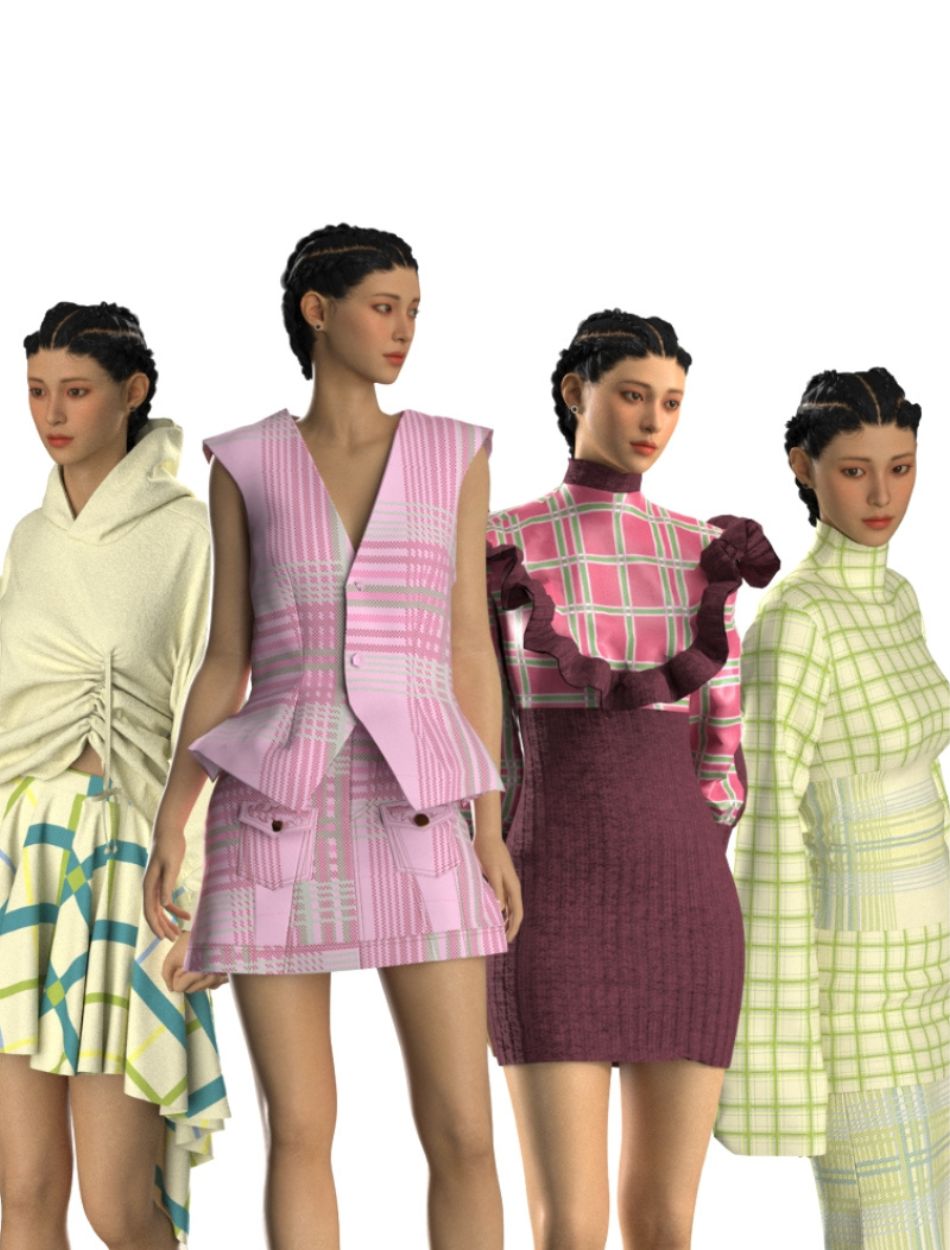
How 3D Fashion Is Reshaping the Way We Design, Show, and Sell Clothes
3D fashion design combined with AI-powered imagery is offering brands and designers something traditional methods never could: speed, flexibility, precision — and actual sustainability.
No samples. No studios. No waste. Just smart fashion done differently.
Let’s be real: fashion has always been about visuals. A good lookbook or campaign doesn’t just show clothes — it tells a story. But getting to that perfect image usually involves a logistical marathon: fitting models, shipping samples, scouting locations, building sets, hiring crews… and wasting a whole lot of time, money, and fabric along the way.
Lately, though, there’s a quiet revolution happening in the background — and it’s about to get loud.
What was once considered experimental is quickly becoming a new normal.
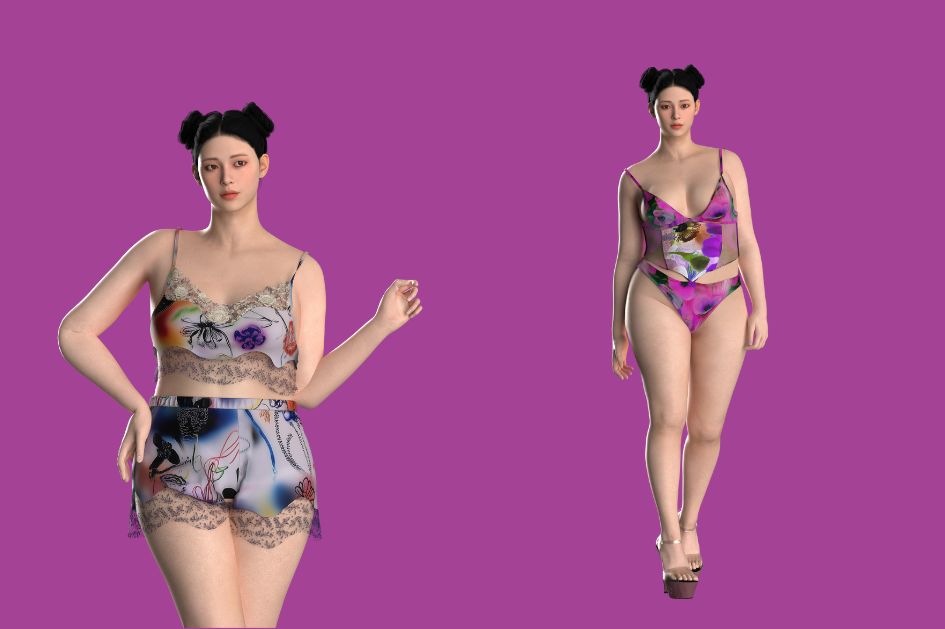
Design First, Cut Never (At Least Not Yet)
Modern 3D tools allow entire collections to be built digitally. We’re not talking about sketches — these are fully detailed, construction-accurate garments. Designers use actual pattern-making software to simulate how fabrics move, fold, and fall. Instead of creating dozens of physical samples, they adjust fit and proportion in real time, directly on screen.
This approach not only saves time, but it also removes the need for wasteful pre-production.
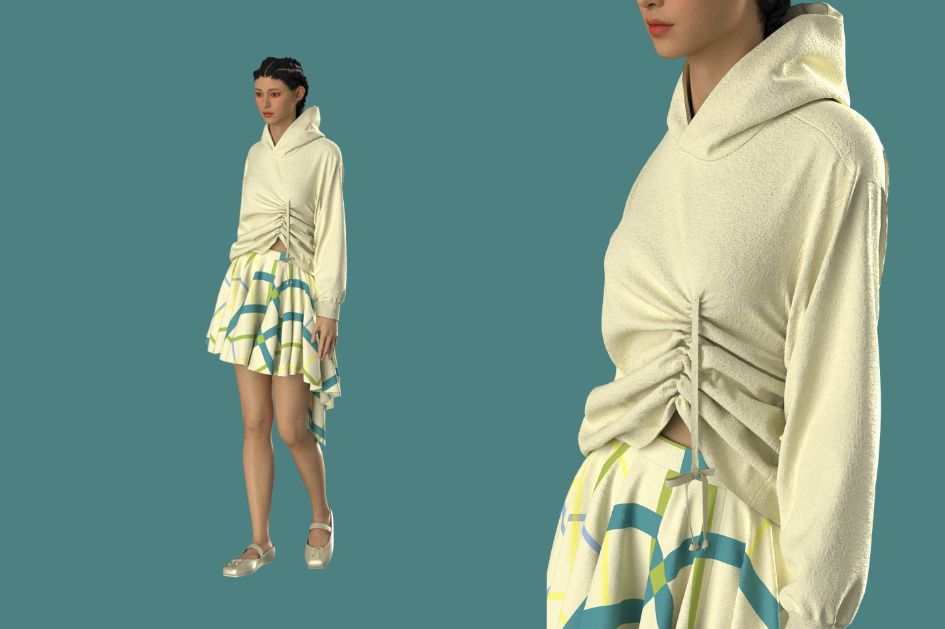
Enter AI: The Art Director You Didn’t Know You Needed
Once a garment is digitally finalized, AI helps take the image to another level. It enhances lighting, adds shadows and depth, fine-tunes skin textures, and creates a photographic atmosphere. The final visual often looks just like a real photoshoot — sometimes even better.
Still, AI isn’t magic. Without a solid base, it can produce strange blends, distorted logos, or lost stitching. That’s why structure matters. While 3D brings technical accuracy, AI delivers emotion and mood. Together, they create images that are both functional and expressive.
Read more here
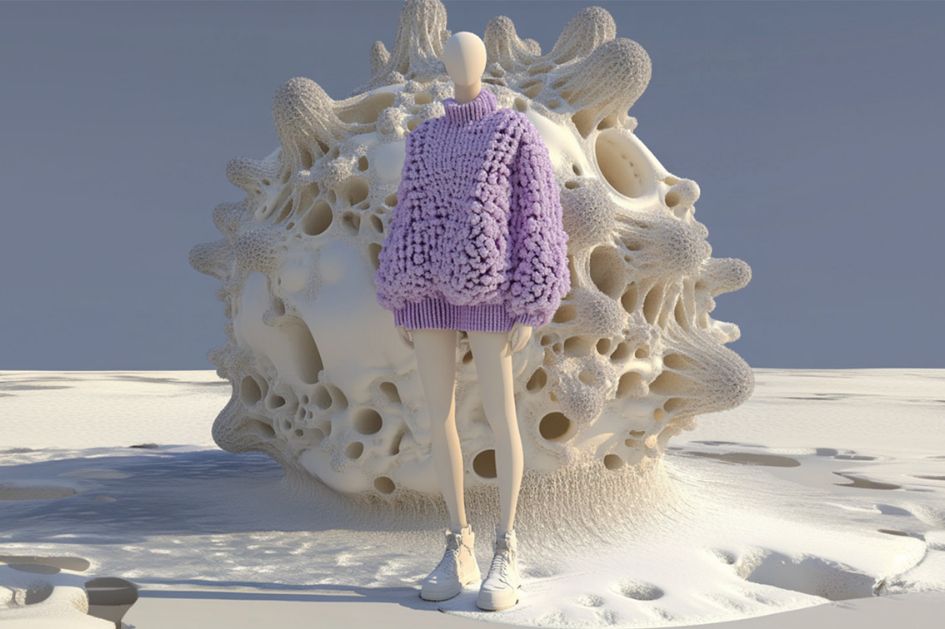
Less Fabric, Less Stress — More Sustainability
Traditional production processes often result in wasted fabric, excessive energy use, and high transportation costs. And let’s not forget the pressure on timelines and teams. By switching to a 3D + AI workflow, designers avoid all of this. They can test prints, adjust colors, or pitch ideas across continents — all without producing a single physical sample.
Besides reducing waste, this also gives teams flexibility and peace of mind. Updates happen instantly. Collections evolve without delays. Resources are used with purpose, not by default.
That’s not just efficient. It’s sustainable fashion with real impact.
Read more about sustainability here
The True Gift? Creative Freedom
Working outside the physical world removes the creative ceiling. Designers can place their looks in surreal forests, minimalist runways, or even imaginary planets. There’s no need to scout locations or rent props. Imagination drives the direction, not logistics.
This isn’t a temporary workaround — it’s a shift in how fashion is imagined, built, and shared. One that’s more aligned with the needs of people, the pace of the planet, and the values of the next generation.
And honestly?
We’ve only just begun.
Photos : 3dioramastudios
You may also like
Dimensions in Ndebele Culture
The Transvaal Ndebele form a captivating community with a rich history.Their tradition in wall pai
